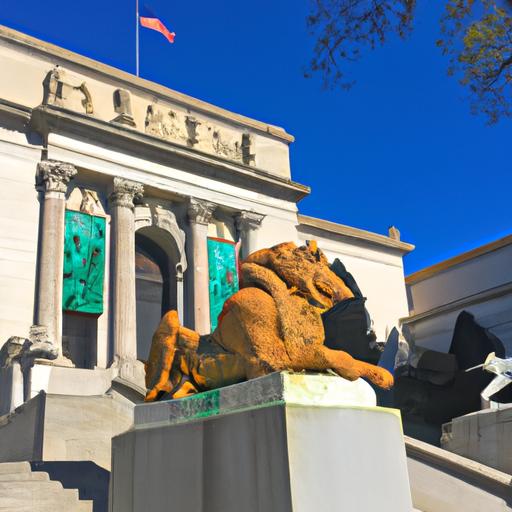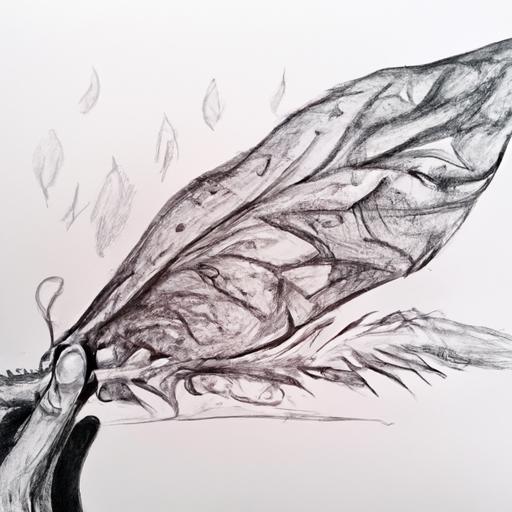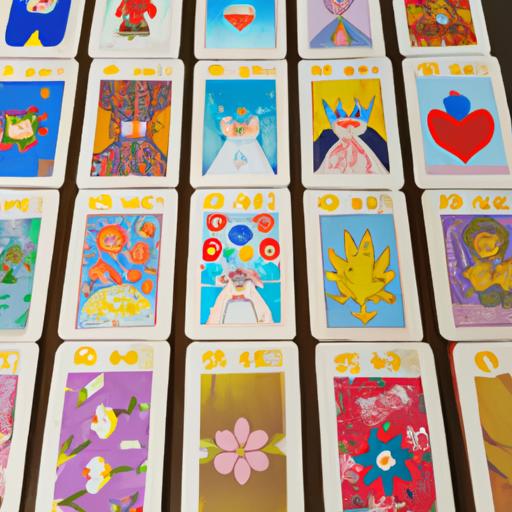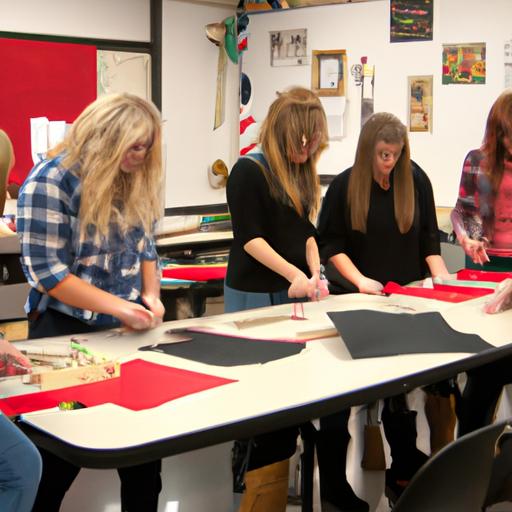Introduction
chinese traditional art and culture 翻译, with its deep-rooted history and profound significance, forms an integral part of the Chinese identity. It is a vibrant tapestry that weaves together artistic expressions, cultural practices, and timeless wisdom. In this article, we embark on a journey to explore the enchanting world of Chinese traditional art and culture 翻译, delving into its captivating nuances and the concept of 翻译 (translation) that underlies it.
The Significance of Chinese Traditional Art and Culture 翻译
Chinese traditional art and culture 翻译 hold immense significance, serving as a window into the rich heritage that has shaped the Chinese civilization for centuries. It’s a testament to the wisdom, values, and aesthetics cherished by the Chinese people. From calligraphy and painting to music and dance, the intricate art forms encompassed within Chinese traditional art and culture 翻译 provide a glimpse into the profound depths of human creativity and expression.
Unveiling the Concept of 翻译 in Chinese Traditional Art and Culture
At the heart of Chinese traditional art and culture lies the concept of 翻译, which goes beyond mere translation. It encapsulates the essence of conveying meaning, emotion, and cultural nuances through artistic mediums. 翻译 serves as a bridge that connects the artist’s intentions with the audience, transcending language barriers and touching the soul. It is the delicate art of preserving the authenticity and spirit of Chinese traditional art and culture in a world of ever-evolving dynamics.
As we delve deeper into the realms of Chinese traditional art and culture 翻译, we will uncover its historical evolution, explore the symbolism and meaning embedded within its artistic expressions, and witness its enduring influence on contemporary society. Join me on this enlightening journey as we unravel the secrets of Chinese traditional art and culture 翻译, unlocking a treasure trove of creativity, wisdom, and cultural heritage.
Symbolism and Meaning in Chinese Traditional Art and Culture 翻译
Chinese traditional art and culture 翻译 are imbued with profound symbolism and deeper meanings, serving as a visual language that communicates the essence of Chinese civilization. In this section, we will embark on an exploration of the intricate symbolism and cultural values encapsulated within these artistic expressions.
Analyzing the Symbolism and Deeper Meanings
Chinese traditional art and culture 翻译 employ a myriad of artistic elements, each carrying its own symbolism and significance. From the graceful brushstrokes in traditional Chinese painting to the intricate characters of calligraphy, every element reflects a deeper meaning. The use of colors, motifs, and compositions in these art forms tells stories, evokes emotions, and conveys philosophical concepts.
By delving into the symbolism of Chinese traditional art and culture 翻译, we unravel a world of hidden meanings. The lotus flower, for instance, symbolizes purity and enlightenment, while the dragon represents power and good fortune. The contrast between yin and yang embodies the harmony of opposites, and the use of auspicious symbols like the double fish signifies abundance and wealth. These symbols serve as a visual vocabulary, allowing artists to express their thoughts and convey cultural messages.
Highlighting Cultural Values and Beliefs
Chinese traditional art and culture 翻译 also act as a mirror reflecting the cultural values and beliefs cherished by the Chinese people. Harmony, balance, and respect for nature are core principles deeply rooted in Chinese culture, and these values are intricately woven into artistic expressions. Through art, the Chinese people celebrate the beauty of nature, depict the virtues of filial piety, and express their reverence for ancestors and traditions.
Moreover, Chinese traditional art and culture 翻译 often carry spiritual and religious undertones. Buddhism, Taoism, and Confucianism have profoundly influenced the artistic landscape, shaping the way artists depict the world and convey their beliefs. The art forms serve as a medium through which spiritual concepts and moral lessons are transmitted, fostering a sense of connection with the divine and providing guidance for a virtuous life.
In the next section, we will explore the techniques and styles employed in Chinese traditional art and culture 翻译, unraveling the mastery behind these captivating artistic expressions.
Techniques and Styles in Chinese Traditional Art and Culture 翻译
Delving into the Different Techniques and Styles Utilized in 翻译
Chinese traditional art and culture 翻译 encompass a wide array of techniques and styles that have evolved over centuries. These artistic practices are deeply rooted in tradition while also embracing innovation. Let’s explore some of the notable techniques and styles that contribute to the richness of Chinese traditional art and culture 翻译.
1. Brushwork and Ink Wash Painting
Brushwork, an essential element of Chinese traditional art, involves the skilled manipulation of brushes and ink to create expressive and fluid strokes. Ink wash painting, also known as sumi-e, employs varying shades of ink to create stunning landscapes, figures, and still-life compositions. This technique emphasizes simplicity, spontaneity, and capturing the essence of the subject.
2. Porcelain and Ceramic Art
Chinese porcelain and ceramic art are renowned worldwide for their elegance and craftsmanship. Techniques like celadon, underglaze blue, and overglaze enameling showcase the mastery of Chinese artisans. These techniques involve intricate decorative patterns, delicate color application, and meticulous firing processes, resulting in exquisite porcelain and ceramic artworks.
Discussing the Influence of Regional Variations on Chinese Traditional Art and Culture 翻译
Chinese traditional art and culture 翻译 exhibit fascinating regional variations, reflecting the diverse cultural landscapes across China. Each region boasts its own unique artistic traditions, techniques, and styles, contributing to the vibrant tapestry of Chinese art and culture. Let’s delve into how regional variations influence Chinese traditional art and culture 翻译.
1. Beijing Opera and Kunqu Opera
Beijing Opera, with its vibrant costumes, elaborate makeup, and distinctive singing style, represents the artistic traditions of northern China. On the other hand, Kunqu Opera, originating from the Jiangnan region, showcases refined movements, poetic language, and delicate musical accompaniment. These regional opera styles highlight the diverse performance techniques and storytelling methods within Chinese traditional art and culture 翻译.
2. Silk Embroidery and Suzhou Embroidery
Silk embroidery, a prominent art form across China, displays regional variations in techniques and designs. Suzhou embroidery, hailing from the Jiangsu province, is renowned for its intricate stitches, delicate colors, and precise needlework. Each region’s embroidery style carries unique characteristics, showcasing the rich cultural heritage of Chinese traditional art and culture 翻译.
By appreciating the various techniques and regional variations within Chinese traditional art and culture 翻译, we gain a deeper understanding of the immense diversity and artistic brilliance that this heritage encompasses.
Preservation and Revival of Chinese Traditional Art and Culture 翻译
Examine the Efforts Made to Preserve and Revive Chinese Traditional Art and Culture 翻译
In a rapidly changing world, preserving the essence of Chinese traditional art and culture 翻译 becomes paramount. Recognizing its profound cultural heritage, efforts have been made to safeguard and revitalize these invaluable art forms. Institutions, organizations, and artists alike have taken up the mantle of preserving and passing on this legacy to future generations.
Various initiatives have been implemented to ensure the longevity of Chinese traditional art and culture 翻译. Cultural preservation programs have been established, aiming to document and safeguard traditional art forms, techniques, and knowledge. These programs not only serve to protect the art forms themselves but also create opportunities for apprenticeships and mentorships, allowing the transfer of skills and expertise from master artists to aspiring talents.
Furthermore, cultural festivals, exhibitions, and performances play a vital role in revitalizing Chinese traditional art and culture 翻译. These events provide platforms for artists to showcase their talents, attract wider audiences, and foster a renewed appreciation for the richness and diversity of Chinese traditional art forms. Through these endeavors, the cultural heritage is kept alive, ensuring its continuity in the face of modernization and globalization.
The Role of Modern Technology in Promoting and Disseminating 翻译
In the digital age, modern technology has emerged as a powerful tool for promoting and disseminating Chinese traditional art and culture 翻译. The internet, social media platforms, and digital archives have opened up new avenues for reaching global audiences and creating awareness about these treasured art forms.
Online platforms provide a virtual stage for artists to showcase their work and connect with enthusiasts worldwide. Through websites, online galleries, and social media channels, artists can share their creations, offer insights into their artistic processes, and engage with a diverse community of art lovers. This not only helps to promote their work but also fosters cross-cultural interactions, bridging gaps and fostering appreciation across borders.
Furthermore, digital resources and online repositories have made Chinese traditional art and culture 翻译 more accessible than ever before. Digitization efforts have enabled the preservation and dissemination of rare artworks, historical documents, and cultural artifacts, allowing people from all walks of life to explore and learn about these treasures. Virtual exhibitions and online educational resources provide immersive experiences, enabling individuals to delve into the intricacies of Chinese traditional art and culture from the comfort of their homes.
Through the combined efforts of traditional practices and modern technology, Chinese traditional art and culture 翻译 can continue to thrive, captivating the hearts and minds of people around the globe.
Impact and Influence of Chinese Traditional Art and Culture 翻译
Chinese traditional art and culture 翻译 have left an indelible mark on the global stage, captivating hearts and minds across borders. Its profound impact is felt not only within the realm of art but also in various aspects of society. Let us delve into the far-reaching influence of Chinese traditional art and culture 翻译.
Global Reach and Cultural Exchange
Chinese traditional art and culture 翻译 have transcended geographical boundaries, reaching audiences around the world. The resplendent beauty of traditional Chinese paintings, the melodic notes of traditional music, and the mesmerizing movements of traditional dance have enchanted people from different cultures. This cultural exchange has fostered a deeper understanding and appreciation of Chinese art and culture, promoting intercultural dialogue and harmony.
Inspiration for Contemporary Artists
Chinese traditional art and culture 翻译 continue to inspire contemporary artists, bridging the gap between the past and the present. The profound techniques, symbolism, and philosophical principles embedded in traditional art forms serve as a wellspring of inspiration for modern artistic creations. From brush strokes to musical compositions, contemporary artists often pay homage to the rich heritage of Chinese traditional art and culture, infusing their work with a touch of its timeless allure.
Contribution to Society and the Arts
Chinese traditional art and culture 翻译 play a crucial role in shaping society and enriching the arts. Its influence extends beyond aesthetics, as it reflects the values, beliefs, and aspirations of the Chinese people throughout history. The preservation and promotion of Chinese traditional art and culture foster a sense of identity and pride, while also serving as a catalyst for cultural innovation and creativity.
In conclusion, Chinese traditional art and culture 翻译 have a profound impact on the global stage, fostering cultural exchange, inspiring contemporary artists, and enriching society. By cherishing and promoting this rich heritage, we ensure that its influence continues to shape the artistic landscape and transcend cultural boundaries. Let us embrace the enduring beauty and wisdom of Chinese traditional art and culture 翻译, celebrating its contribution to our shared cultural tapestry.





